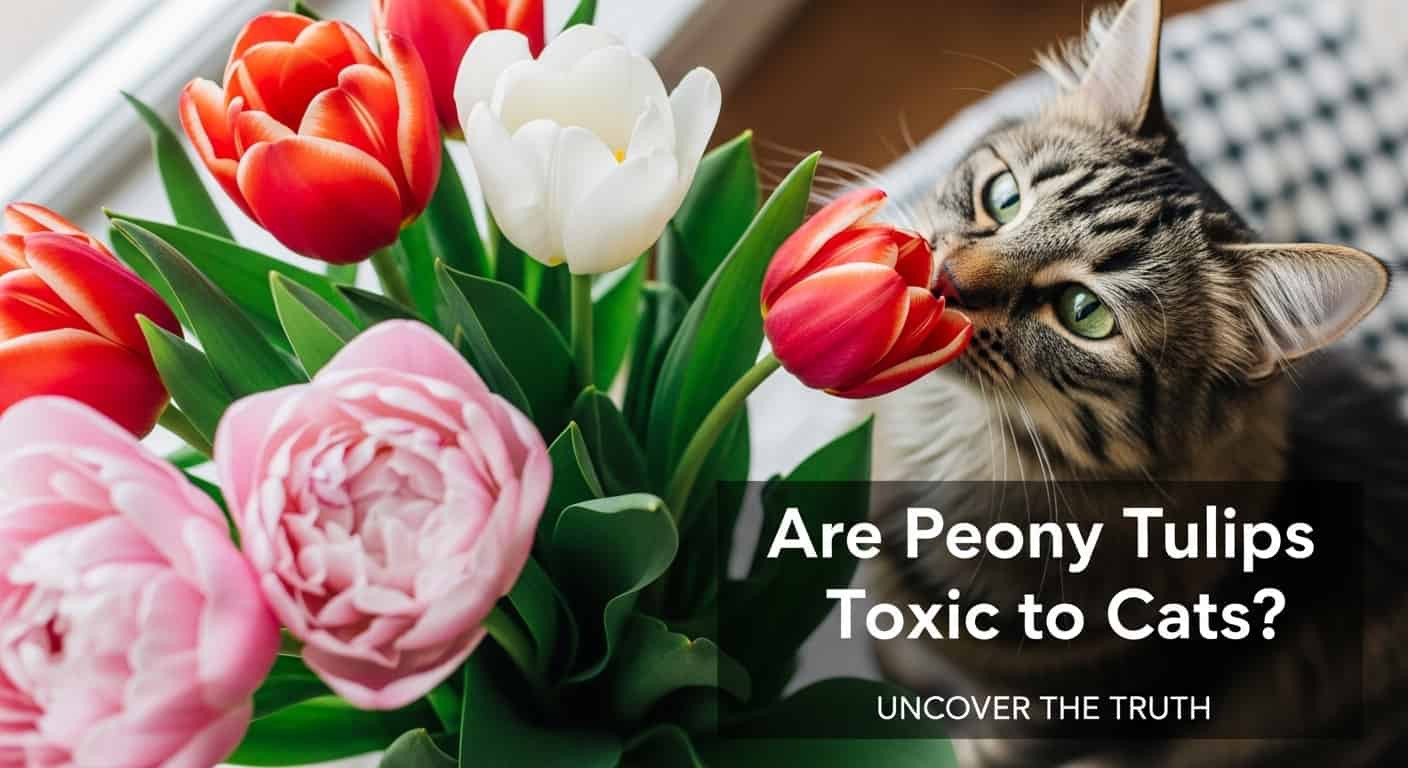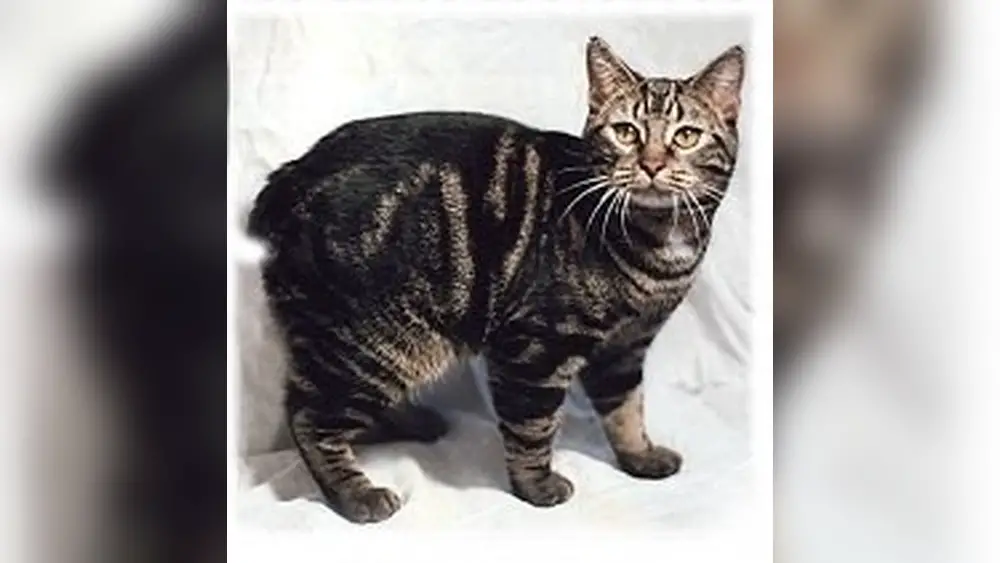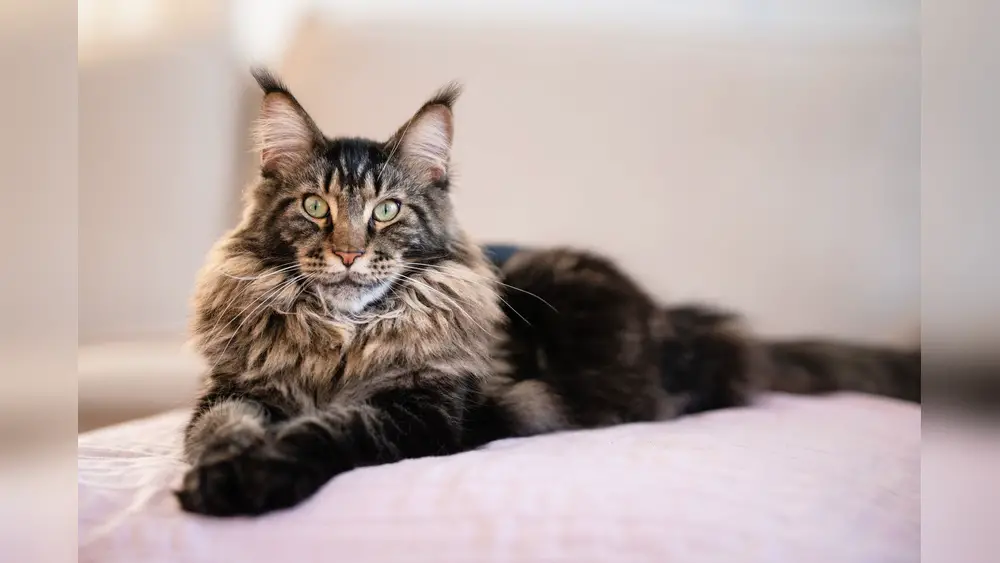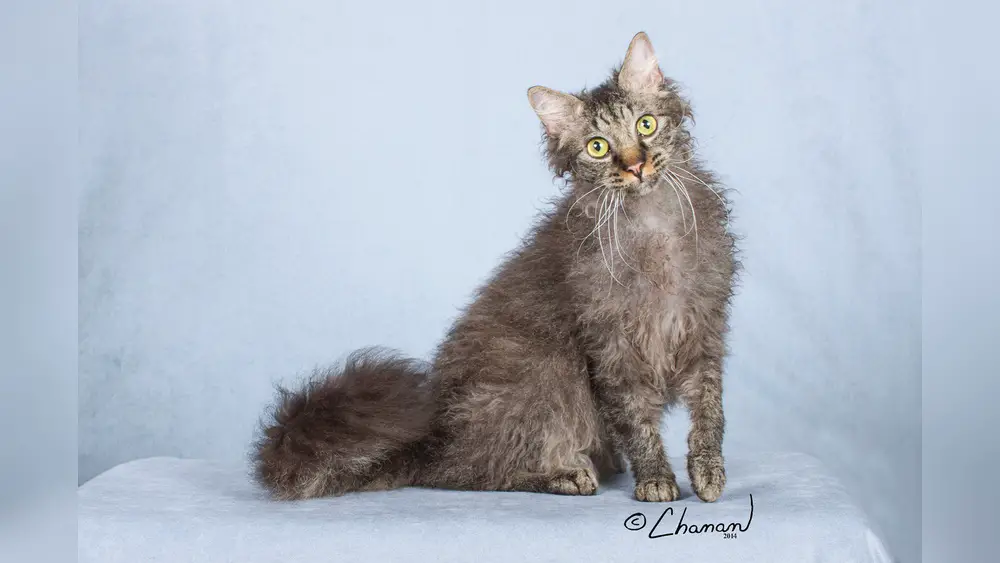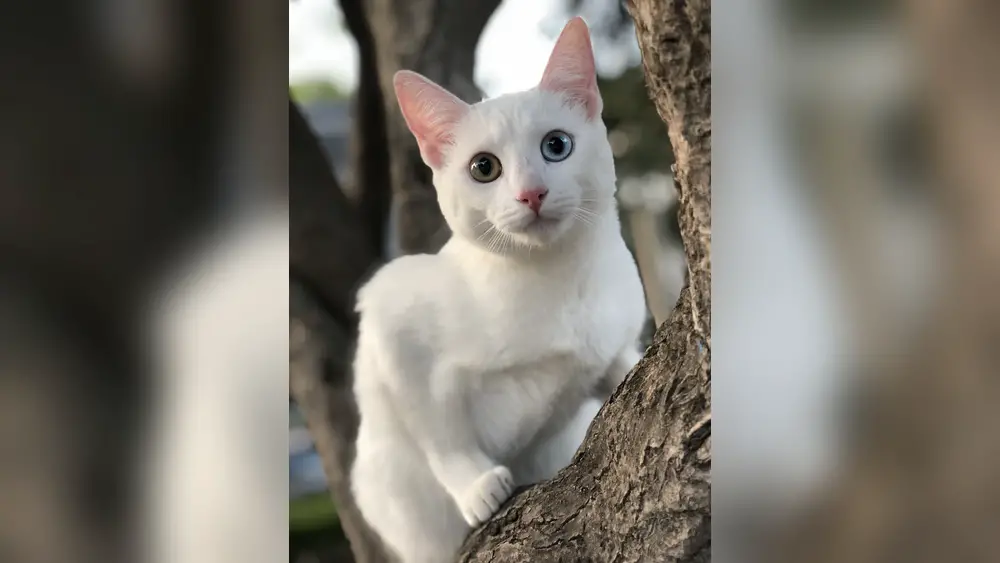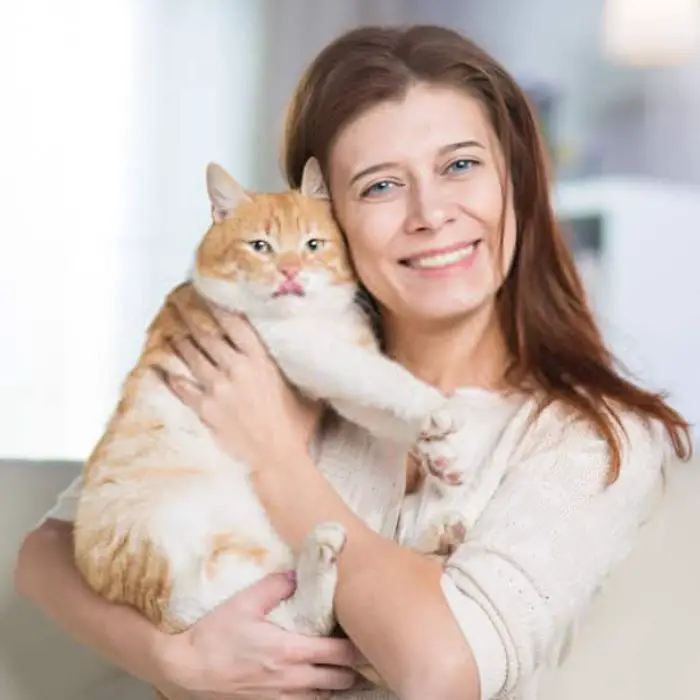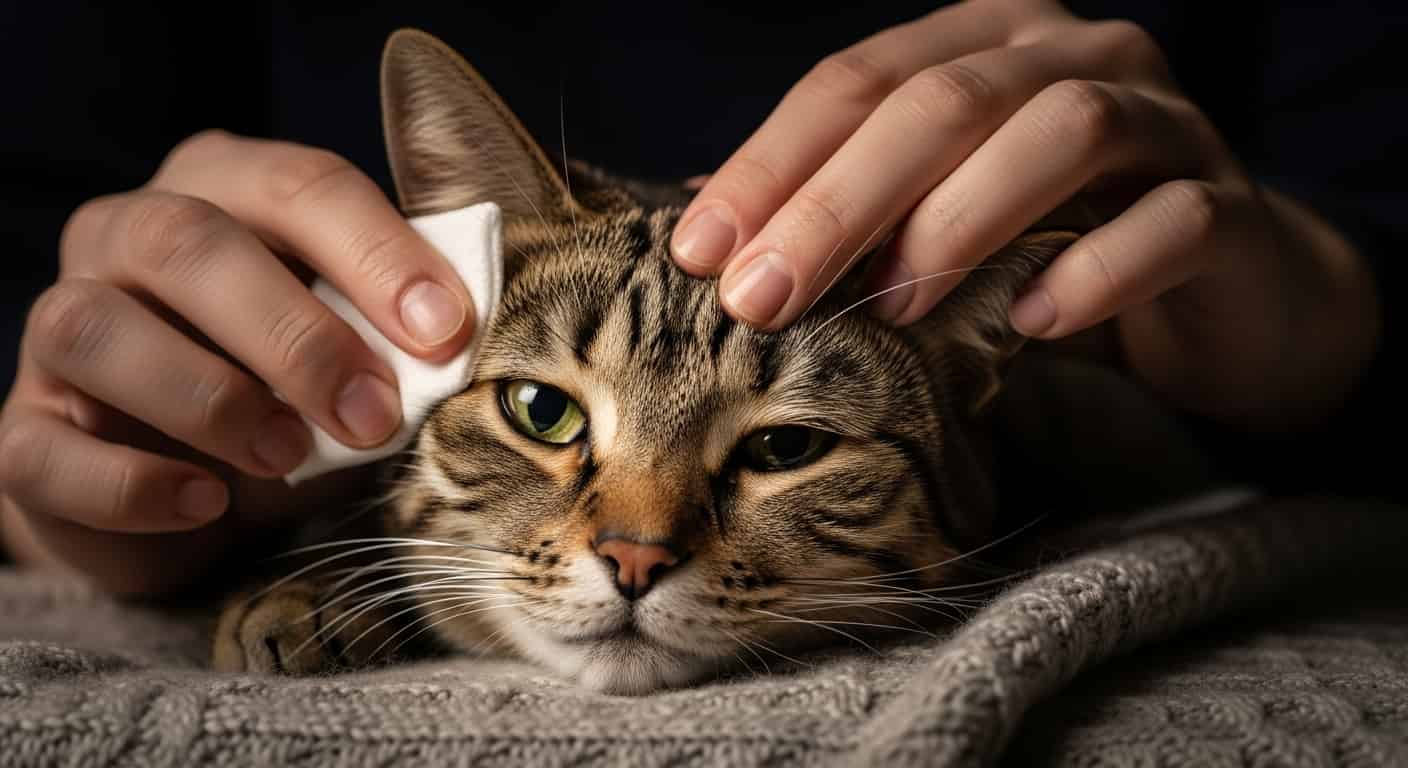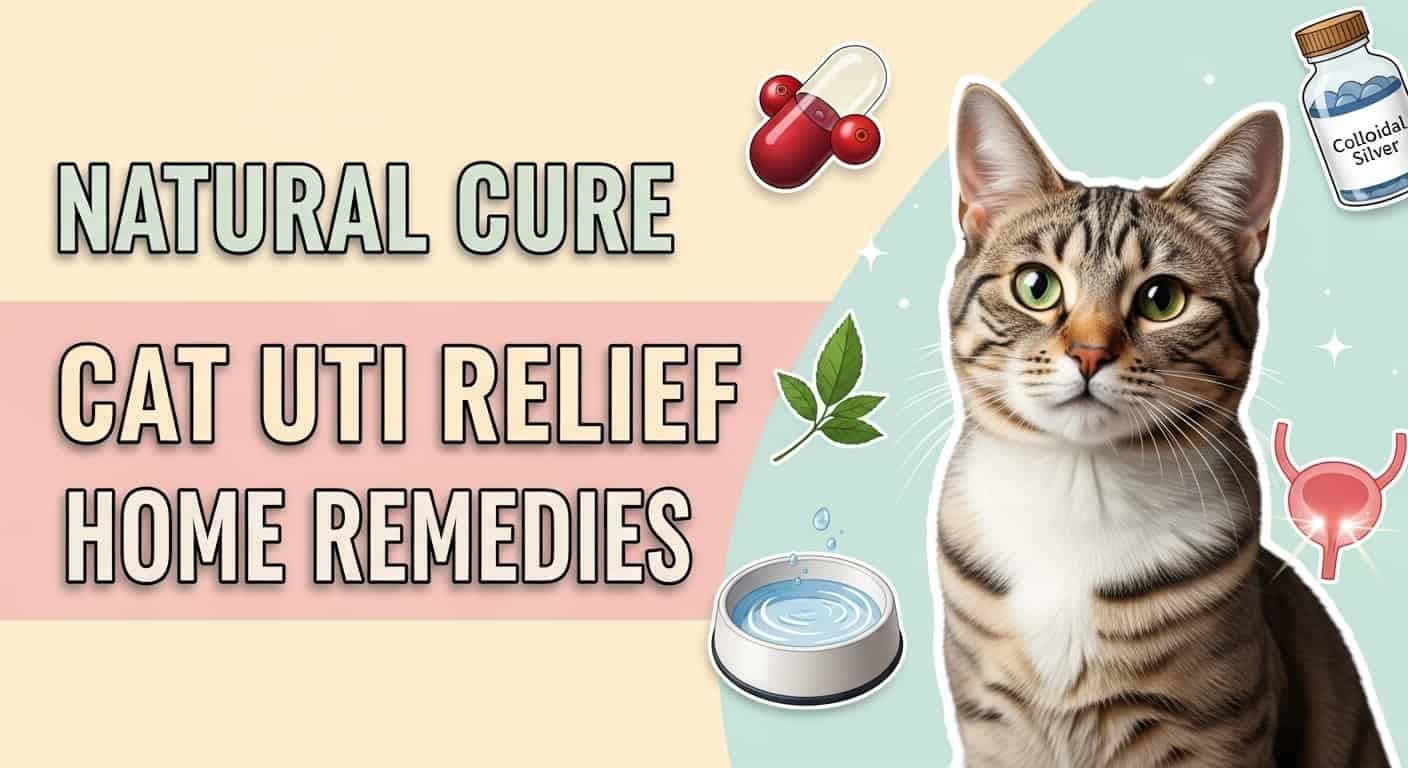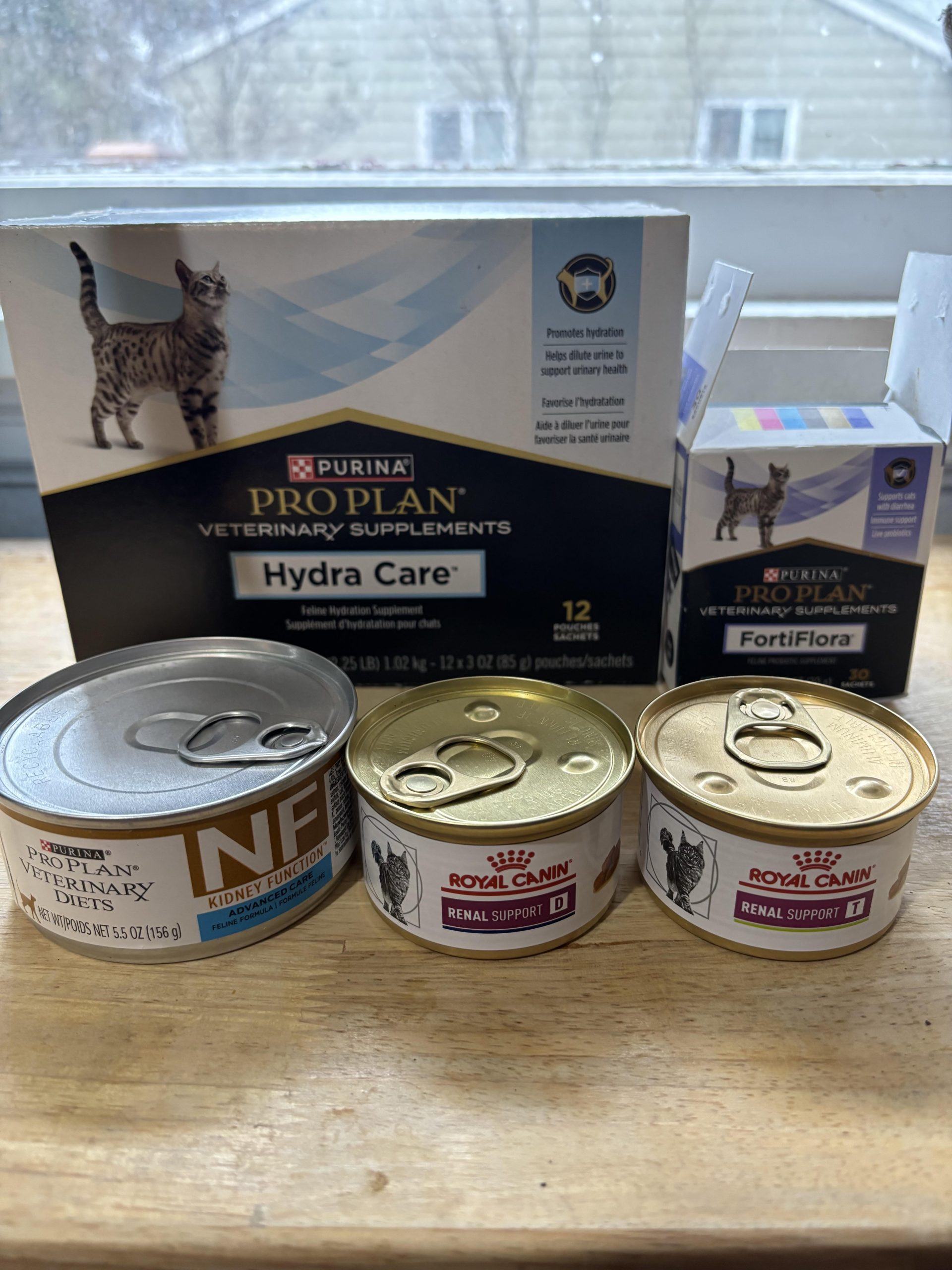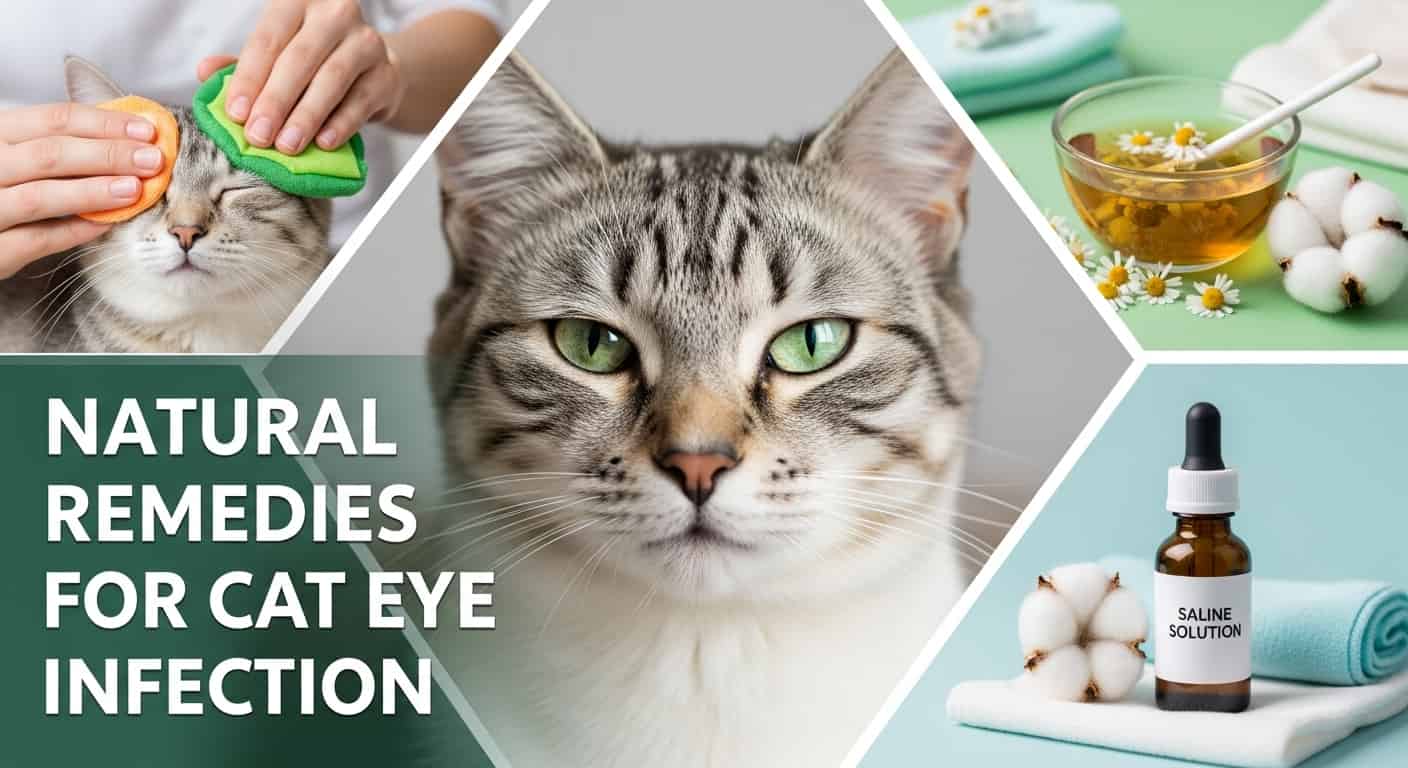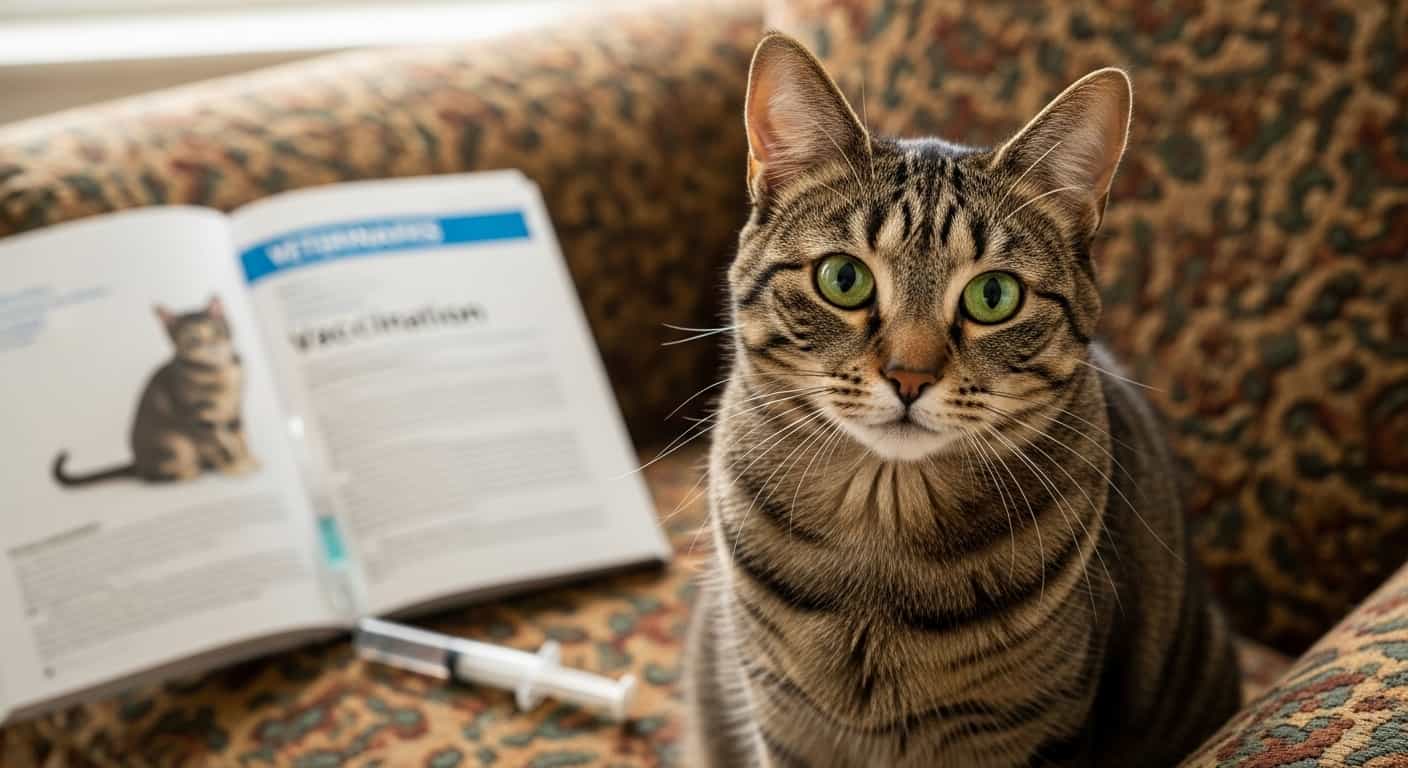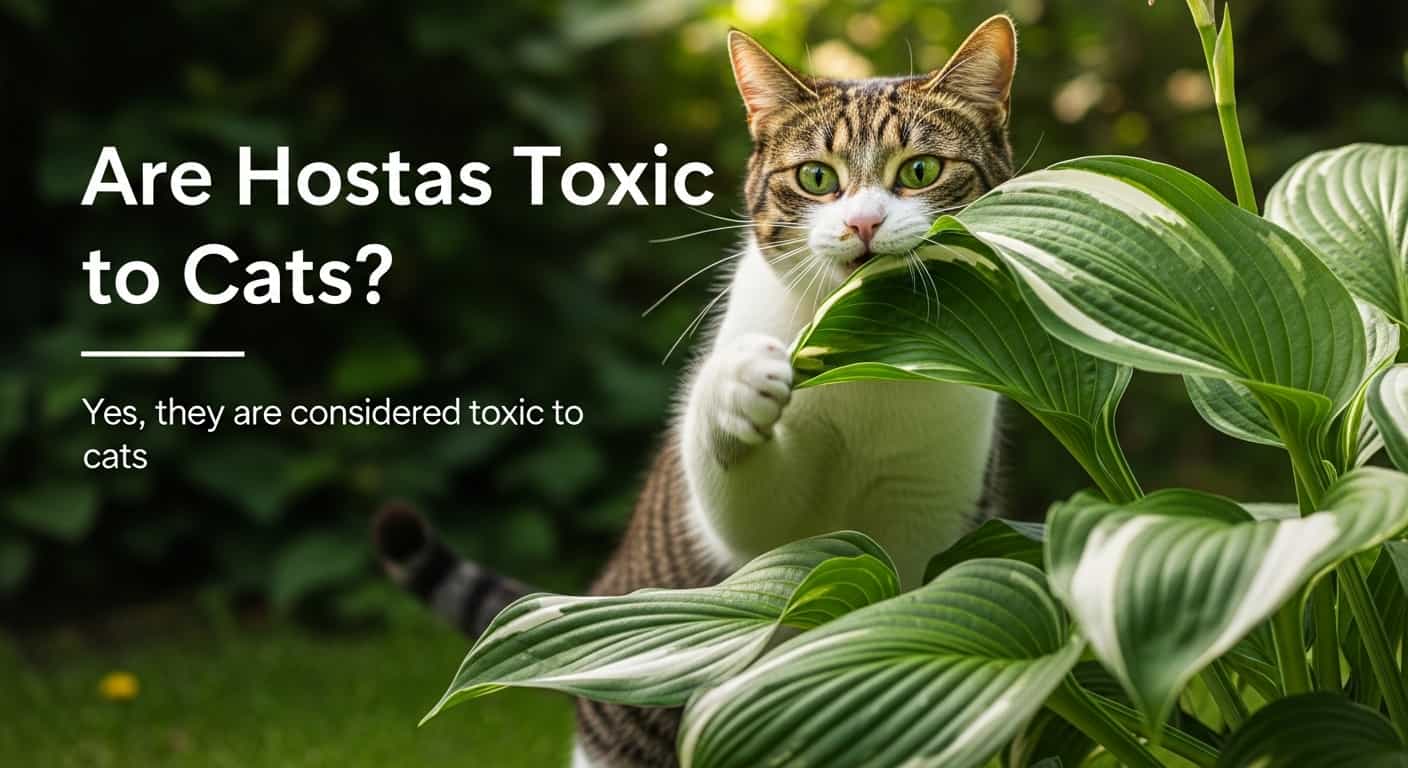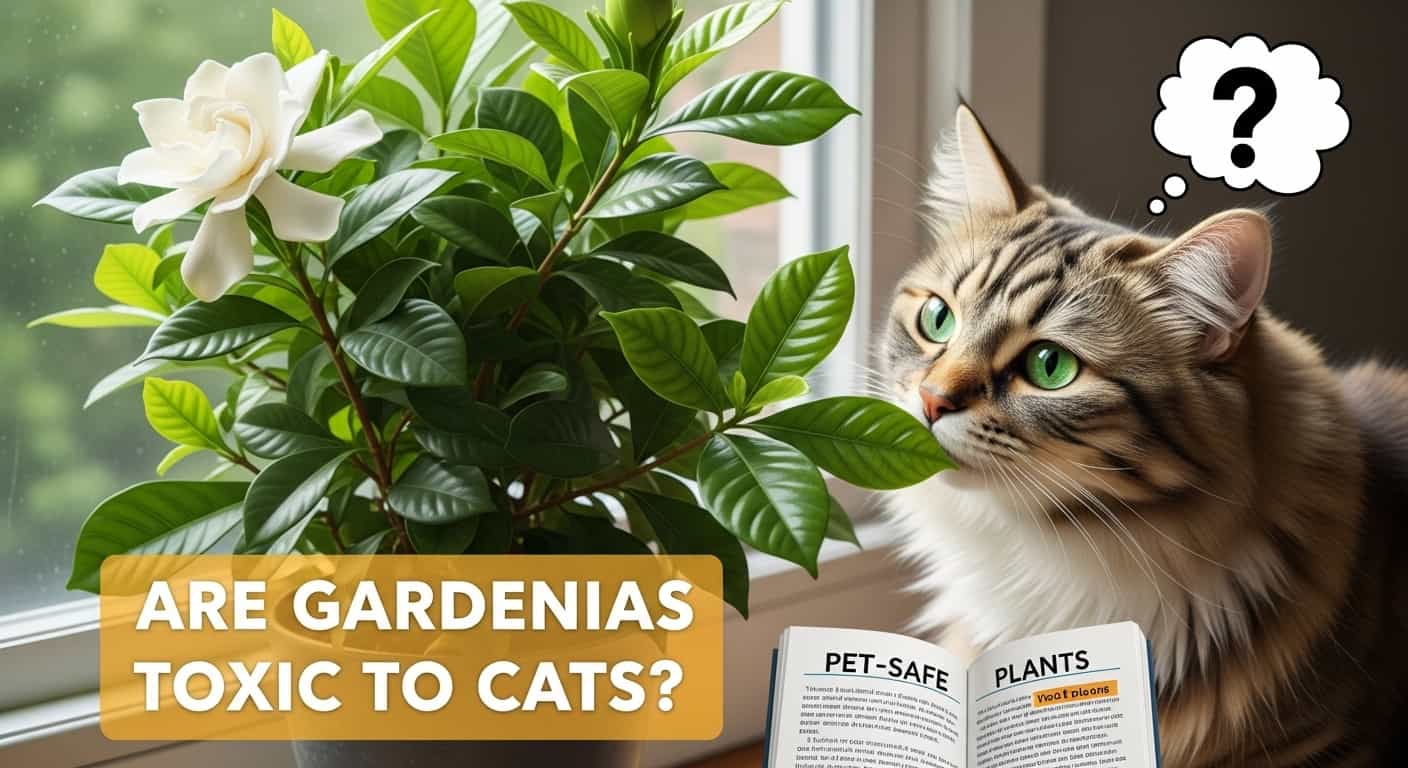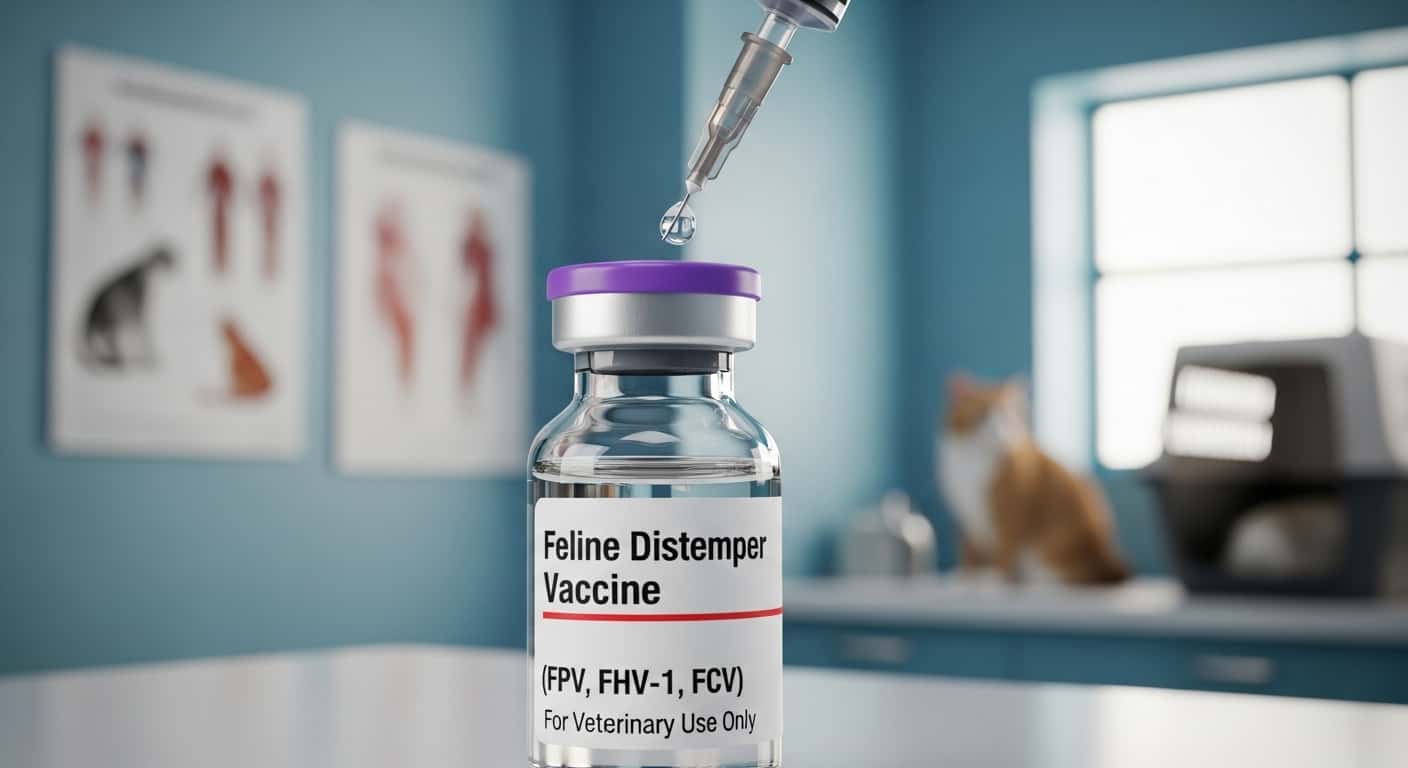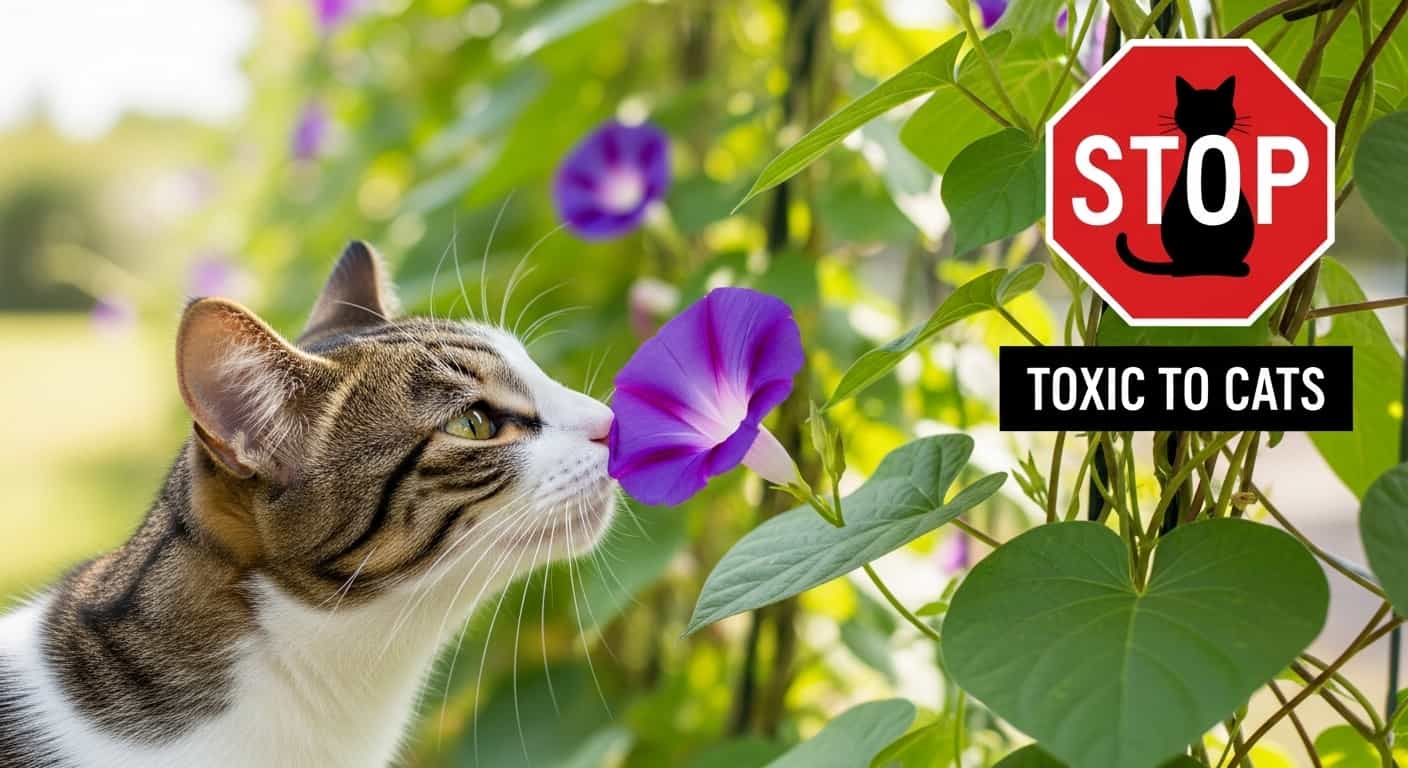As a cat owner, you naturally want to ensure the safety of your furry friend. You’ve heard about peony tulips and their stunning beauty, but have you stopped to consider if they pose any danger to your cat?
Table of Contents
ToggleYour home is a sanctuary for your beloved pet, and the presence of certain plants can unknowingly jeopardize their health. If you’re concerned about whether peony tulips are toxic to cats, you’re not alone. Many pet owners face similar dilemmas, and understanding the risks associated with these flowers can make all the difference.
We’ll unravel the truth behind peony tulips and their impact on your feline companion. Stay with us as we explore essential insights that could protect your cat from potential harm.
Peony Tulips Overview
Peony tulips, admired for their lush blooms, pose a risk to feline friends. Their bulbs contain toxic compounds harmful to cats if ingested. Pet owners should keep these flowers out of reach to ensure safety.
Peony Tulips Overview Peony tulips are a delightful addition to any garden or indoor floral arrangement. These captivating blooms are known for their lush, full petals that resemble peonies, hence the name. They offer vibrant colors and a unique aesthetic that can transform any space.
Characteristics Of Peony Tulips
Peony tulips stand out with their double layers of petals, creating a rich and dense appearance. They bloom in a variety of colors, from bright pinks and reds to soft pastels and whites. These tulips typically flower in mid to late spring, providing a burst of color when other flowers may be fading. Their sturdy stems make them ideal for cut flower arrangements. Placing a vase of peony tulips on your dining table can instantly uplift the ambiance. The flowers often emit a subtle fragrance, adding a sensory dimension to their visual appeal.
Popular Varieties
Several varieties of peony tulips captivate gardeners and flower enthusiasts alike. ‘Angelique’ is a favorite, known for its blush pink petals and elegant form. It’s often chosen for weddings and special occasions due to its romantic hue. The ‘Black Hero’ variety offers a dramatic flair with its deep maroon petals. Imagine this striking contrast in a garden setting or mixed with lighter blooms in a bouquet. Another popular choice is the ‘Monte Carlo’, which dazzles with its bright yellow petals. This variety can brighten up any garden bed, offering a cheerful splash of color. As you consider adding peony tulips to your collection, think about how their unique characteristics and varieties can complement your existing plants. Have you ever marveled at the way a single flower can enhance your living space? Peony tulips might just be the next addition to your floral journey.
Here's a related post that you might find useful. Cat Swollen Eye Treatment at Home: Easy Remedies for Quick Relief
Toxicity In Plants
Plants bring beauty to homes but not all are safe for pets. Some plants contain compounds that can harm animals. Understanding which plants are toxic helps protect your furry friends. Peony tulips are one such plant that may pose a risk to cats.
Common Toxic Compounds
Peony tulips contain glycosides. Glycosides can be harmful when ingested by animals. Cats are especially sensitive to these compounds. The presence of toxins varies among different plant species. Knowing the specific toxins can help in prevention.
Effects On Animals
Cats ingesting peony tulips may show symptoms. Symptoms include vomiting and drooling. Some cats may experience difficulty breathing. These symptoms indicate potential poisoning. Quick action may be needed if symptoms appear. A veterinarian should be consulted promptly.
Peony Tulips And Cats
Peony tulips are a beautiful addition to any garden or home. Their vibrant colors and lush petals can brighten up any space. But if you’re a cat owner, you may wonder if these lovely flowers pose any danger to your feline friends.
Potential Risks
Cats are naturally curious creatures. They love to explore, and sometimes, their exploration leads them to chew on plants. Unfortunately, peony tulips can be toxic to cats if ingested.
The plant contains certain compounds that can cause harm to your pet. It’s not just the flowers; the leaves and stems can also pose a risk. So, should you keep these plants out of reach?
Symptoms Of Toxicity
If a cat ingests peony tulips, they may show signs of distress. You might notice your cat drooling excessively or vomiting. Diarrhea is another common symptom.
In severe cases, the cat may become lethargic or have difficulty breathing. It’s crucial to act quickly if you notice any of these symptoms. Have you ever experienced a pet health scare?
Contact your veterinarian immediately if you suspect your cat has ingested peony tulips. Early intervention can prevent serious complications. Remember, your pet’s health is in your hands.
Being a responsible pet owner means understanding the risks around your home. Are your plants safe for your furry friends? Consider choosing pet-friendly plants to create a safe environment for your cats.
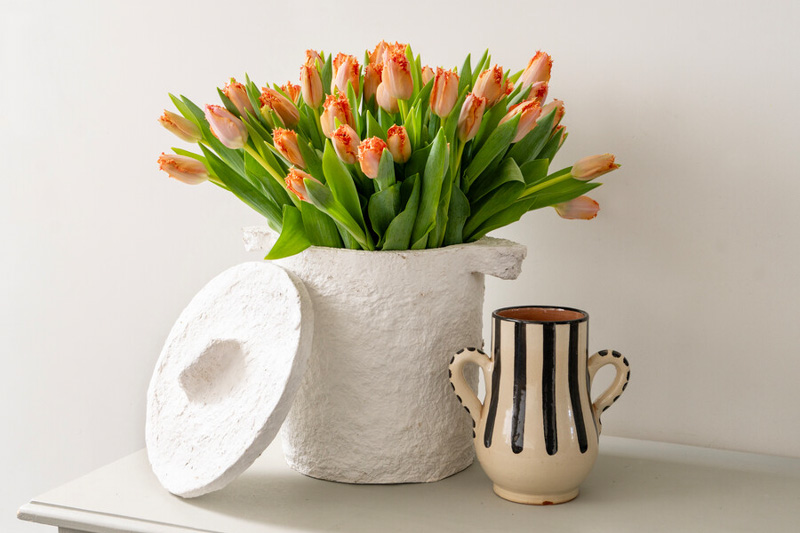
Credit: www.gardenia.net
Here's a related post that you might find useful. Natural Cure for Cat Bladder Infection: Effective Remedies That Work
Safety Measures
When it comes to keeping your feline friends safe, understanding the potential dangers in your home is crucial. Peony tulips, with their vibrant colors and unique shapes, can be a delightful addition to your decor. However, they also pose a risk to your cats. Implementing safety measures can prevent potential health issues. Let’s dive into some practical steps you can take to keep your cats safe from these beautiful but toxic flowers.
Preventing Exposure
First, consider placing peony tulips in areas that are out of your cat’s reach. High shelves or enclosed glass cabinets work well. You might think your cat can’t reach certain places, but remember, cats are curious climbers. If you notice your cat showing interest in the flowers, it’s a signal to rethink their location. Consider using cat-safe plants to satisfy your cat’s curiosity. Cat grass or catnip are excellent alternatives that won’t harm them.
Emergency Actions
Despite your best efforts, accidents can happen. If you suspect your cat has nibbled on a peony tulip, act fast. Observe your cat for symptoms like vomiting, drooling, or difficulty breathing. Contact your veterinarian immediately if you notice any of these signs. Having the number of an emergency vet handy can save precious time. In such situations, every minute counts, so being prepared can make all the difference.
Have you ever experienced a close call with a houseplant and your pet? What safety measures did you take? Sharing your stories can help others keep their furry companions safe. Engaging with a community of pet owners can provide valuable insights and peace of mind. Remember, keeping your home safe for your pets is an ongoing process that requires vigilance and care.
Alternatives To Peony Tulips
Peony tulips can be toxic to cats, causing vomiting and diarrhea. Consider safe alternatives like African violets or spider plants. These options brighten your home without risking your cat’s health.
Alternatives to Peony Tulips can ensure a safe garden for your feline friends. While peony tulips are beautiful, they pose a risk to cats. Choosing non-toxic plants helps protect curious cats from harmful effects. Many safe and attractive plants can replace peony tulips in your garden. These alternatives enhance the beauty of your space without endangering your pets.
Non-toxic Plant Options
Cat-friendly plants offer beauty without danger. Consider planting rosemary, marigolds, or sunflowers. These plants are safe for cats and add vibrant colors. Lavender is another great option, bringing soothing fragrance to your garden. You can also try planting snapdragons, which are non-toxic and add variety. Each of these options provides a safe environment for your pets.
Creating A Safe Garden
Establishing a safe garden involves choosing the right plants. Start by researching which plants are non-toxic to cats. Arrange your garden to keep harmful plants out of reach. Consider using raised beds or hanging planters for added safety. Regularly check your garden for new plant growth. Remove any that might pose a risk. With thoughtful planning, your garden can be a safe haven for your cats.
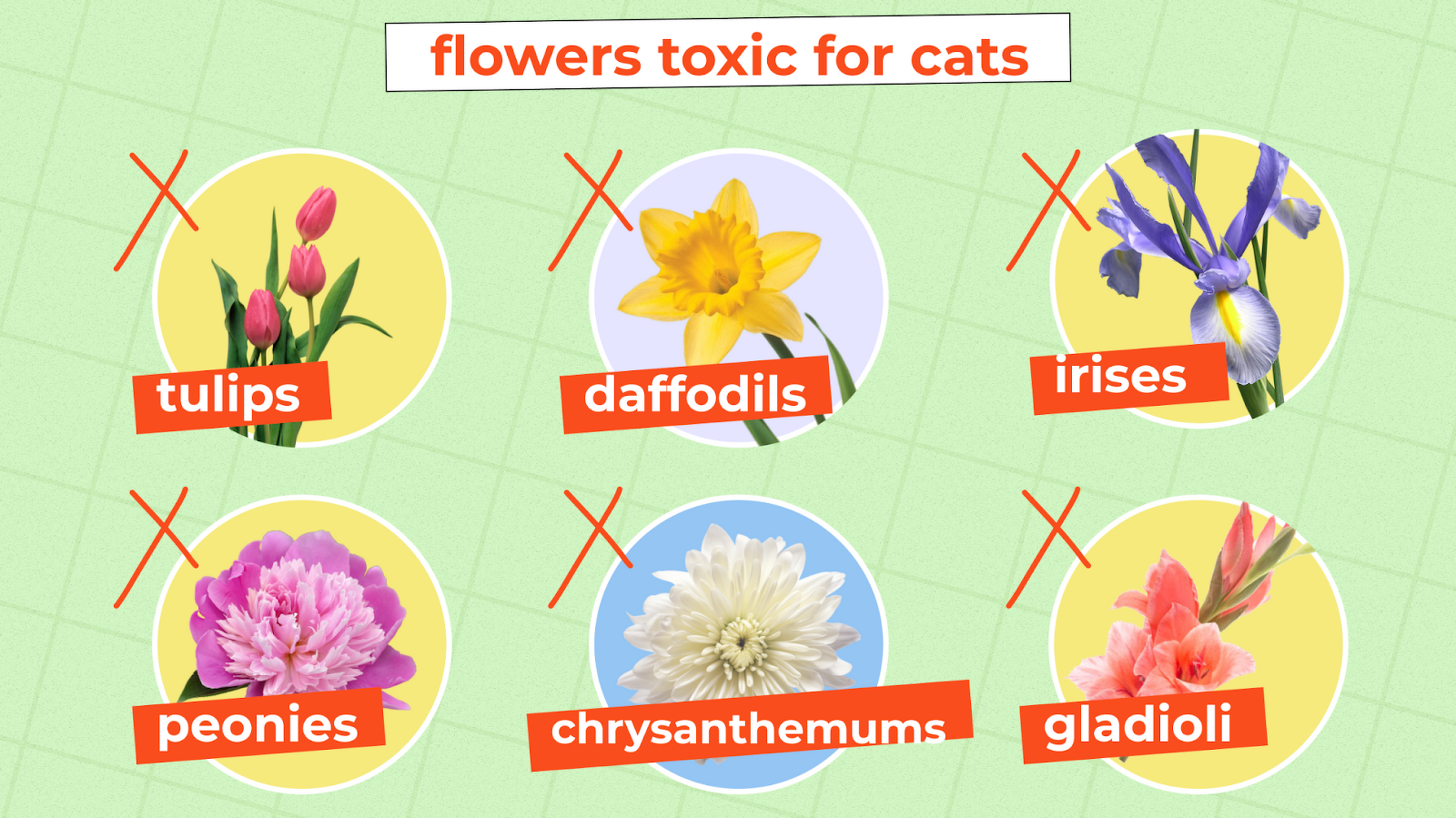
Credit: flowwow.co.uk
Frequently Asked Questions
Are Peony Tulips Harmful To Cats?
Peony tulips are toxic to cats if ingested. They contain compounds that can cause gastrointestinal upset. Symptoms may include vomiting and diarrhea. If your cat consumes any part of the plant, contact your veterinarian immediately for guidance. It’s best to keep these flowers out of your cat’s reach.
What Are Symptoms Of Tulip Poisoning In Cats?
Symptoms of tulip poisoning in cats include vomiting, drooling, and diarrhea. Cats may also experience decreased appetite and lethargy. In severe cases, there could be difficulty breathing. If you notice any of these symptoms and suspect tulip ingestion, contact your veterinarian for a proper evaluation.
How To Prevent Cats From Eating Peony Tulips?
To prevent cats from eating peony tulips, keep the flowers out of reach. Use barriers like plant covers or place them in rooms your cat doesn’t access. Train your cat with deterrents like citrus sprays. Alternatively, consider growing cat-safe plants to satisfy their curiosity and playfulness.
Are There Safe Alternatives To Peony Tulips For Cats?
Yes, there are cat-safe alternatives to peony tulips. Consider growing cat grass, spider plants, or Boston ferns. These plants are non-toxic and can add greenery to your home. Always check for plant safety before introducing new greenery into your home with pets.
Conclusion
Peony tulips add beauty to any garden. But they can harm cats. These flowers have substances that upset cats’ stomachs. Chewing them may cause vomiting or diarrhea. It’s crucial to keep cats away from these plants. Safe alternatives exist for your garden.
Consider pet-friendly flowers. Keeping your cat safe is easy. Just be aware of potential dangers. Choose plants wisely for a cat-friendly environment. Enjoy the beauty of your garden without worry. Protect your furry friends by making informed choices. Always prioritize their safety and well-being.
Your garden can be beautiful and safe.

